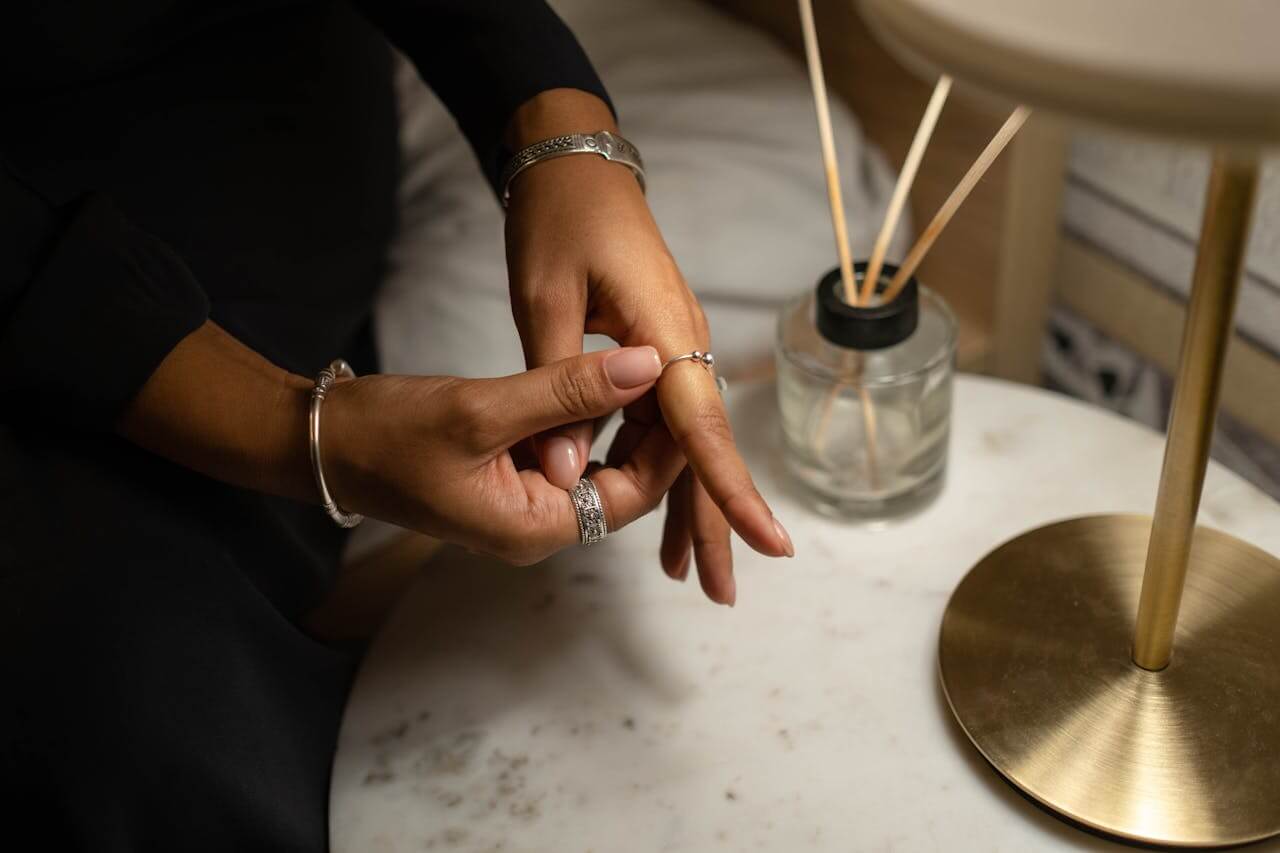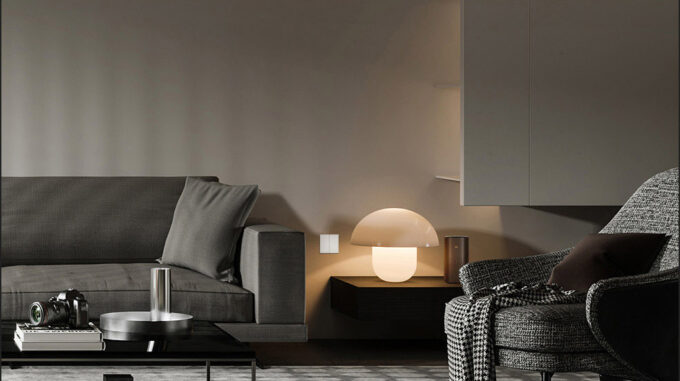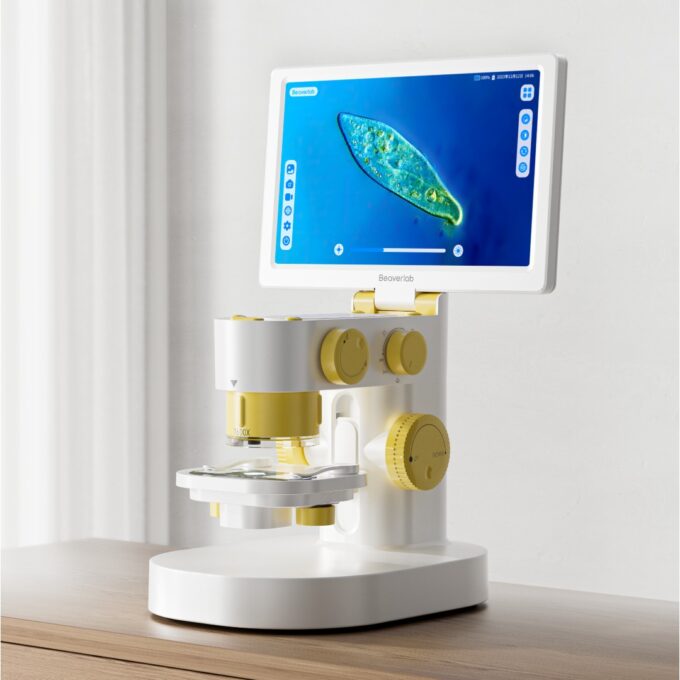DIY Reed Diffuser: How to Make a Natural Home Fragrance

Transform your living space with subtle, lasting aromas using a handmade reed diffuser. Unlike commercial air fresheners packed with synthetic compounds, this DIY approach lets you control exactly what fills your air. Let’s explore how to create an effective, natural fragrance system that enriches your environment.
Understanding Reed Diffuser Benefits
Pure Ingredients:
Skip artificial fragrances and unknown chemicals. Handcrafted diffusers combine essential oils with natural carrier oils, giving you complete control over what you breathe.
Subtle Distribution:
Reed diffusers release scent gradually, maintaining a balanced atmosphere without overwhelming the space.

Environmental Impact:
By choosing natural components, you reduce plastic waste and avoid releasing synthetic compounds into your indoor air.
Financial Advantage:
Initial supplies last through multiple refills, offering better value than disposable options.
Maintaining Your Diffuser
Basic Upkeep:
Turn reeds periodically to maintain consistent scent distribution. Watch oil levels and top off as needed.
Seasonal Adjustments:
Heat and humidity affect evaporation rates. Modify oil ratios and reed count based on environmental conditions.
Essential Supply List
Container Selection:
Pick a vessel with a narrow neck to control evaporation. Glass bottles work especially well.
Diffuser Sticks:
Natural rattan reeds absorb and disperse oils effectively.
Oil Foundation:
Light carrier oils like fractionated coconut oil or specialized diffuser bases ensure proper scent distribution.
Aromatic Elements:
Select pure essential oils that match your preferred atmosphere.
Practical Tools:
Small measuring container and funnel for precise mixing.
Creating Your Diffuser: Four Simple Phases
Phase 1: Mix Your Base
Combine Components:
Pour carrier oil to fill 80% of your container. Add 20-30 drops of essential oils per 100ml base.
Test Proportions:
Start with less scent – you can always strengthen the mixture later.
Smart Approach:
Document successful combinations in your phone for future reference.
Phase 2: Set Up Your Reeds
Proper Placement:
Space reeds evenly, allowing room for oil circulation.

Initial Preparation:
Let oils saturate the reeds completely before first use.
Smart Approach:
Adjust reed length to match your container’s height while maintaining aesthetic appeal.
Phase 3: Position and Activate
Strategic Location:
Place where air moves naturally but avoid direct sunlight or heat.
Regular Rotation:
Flip reeds weekly to refresh scent distribution.
Smart Approach:
Use date-stamped photos to track when you last rotated reeds.
Phase 4: Long-term Care
Monitor Performance:
Watch for oil clarity and scent strength.
Refresh As Needed:
Replace mixture every six to eight weeks for optimal results.
Smart Approach:
Keep premixed oil blends ready for quick refreshes.
Advanced Techniques
Seasonal Adaptation:
Match scents to weather patterns – lighter in summer, richer in winter.
Room-Specific Blends:
Create unique combinations for different spaces based on their use.
Visual Integration:
Select containers that complement your interior design.
Maximizing Results:
Experiment with reed count to find your ideal scent strength.
Parting Thoughts
Crafting your own reed diffuser opens up possibilities for personalized home fragrance without artificial additives. This method gives you complete control over your indoor atmosphere while being mindful of health and environmental impact. By following these guidelines and adjusting to your preferences, you’ll develop a signature scent that enhances your living space naturally.
Latest Posts
How to Choose Curtains That Make Your Room Look Bigger
Experiencing confinement in your compact living quarters? Structural modifications aren’t necessary to...
3 Mins readLinptech Smart Switch T1 Zero: A Smarter, Sleeker Way to Control Your Home
Linptech Smart Switch T1 Zero: A Smarter, Sleeker Way to Control Your...
1 Mins readBeaverlab MX Pro Smart Microscope: A High-Tech Home Science Lab
Beaverlab MX Pro Smart Microscope: A High-Tech Home Science Lab Beaverlab has...
1 Mins readNever Put These Plants in Your Bedroom! (And Here’s Why)
Creating Your Perfect Sleep Sanctuary: Smart Plant Choices for the Bedroom While...
2 Mins read











